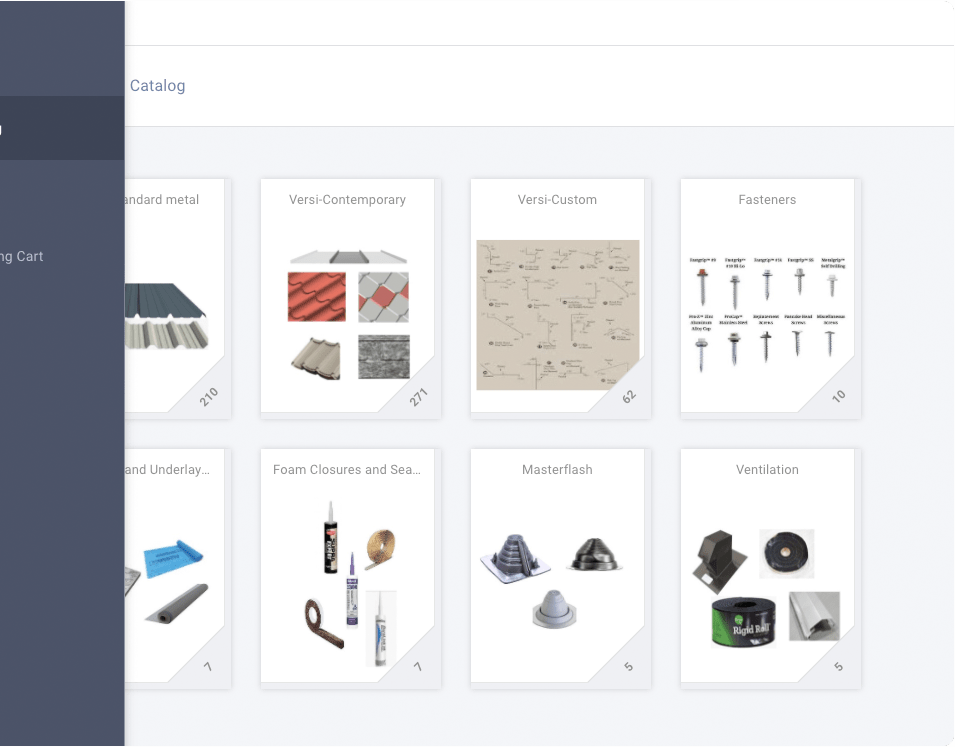Resources
We manufacture many of our own quality products, but also partner with these fine companies.
![]()




Stages of Construction
![]()
Every construction project, no matter how simple or complex, progresses through a series of predefined stages. Each stage builds on the stage just before it.
When one stage is completed well and thoroughly, the chance that the next stage will follow suit is that much higher. This holds true whether the structure being built is a small home or a large industrial complex.
Many of the most common challenges that arise in a construction project can be traced back to rushing through some of the necessary steps in each one of the stages of construction. This can cause costly delays when site inspections turn up flaws that must be corrected before the project can resume and move forward.
In this informative article, learn about each of the five basic stages of construction, what is involved in each and how each stage contributes to the timely completion and overall success of the construction project.
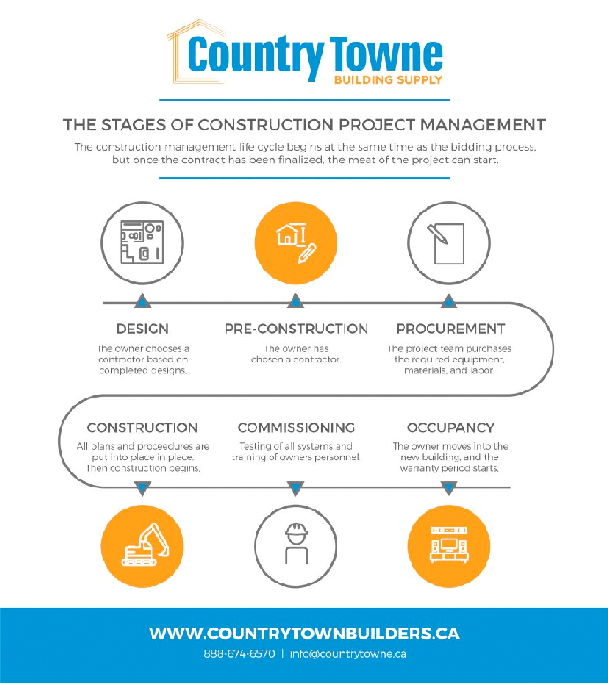
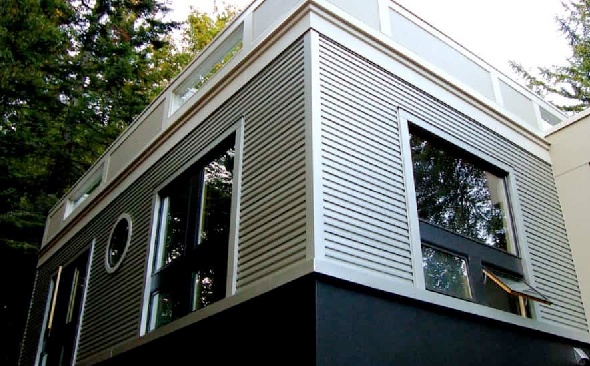
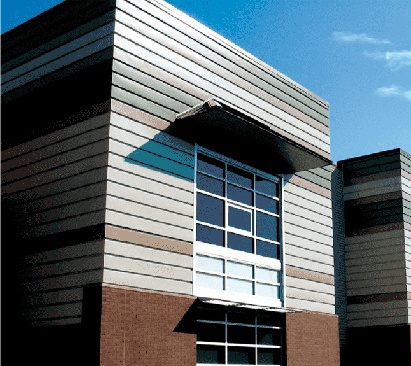
Stage 1 Design
![]()
This stage is sometimes also called the initiation or the planning stage. The design stage is where all construction projects begin. Typically once design begins, a site has already been selected so all the land dimensions and potential restrictions or legal requirements are also known. Sometimes the design stage can feel like the longest stage in a construction project because it is where every aspect of the project itself gets outlined, complete with an estimated timeline, scope and cost. The project itself takes shape on paper. Each room is detailed and modeled in sketch and then schematic design form.
Plans are drawn up. Lists of materials are compiled. Costs are outlined. The project engineer or chief architect must complete a step by step assessment of the project timeline based on current building codes, safety ordinances, local regulations and planning guidelines. Permits are applied for during this stage as well. If a permit application is denied, this may necessitate returning to the basic project design and making changes as needed in order to reapply for the necessary permits. When the design process ends, the bidding process begins. Materials and supplies vendors are selected and the general contractor is chosen.
Stage 2 Pre-Construction
![]()
During pre-construction, it is time for the winning bidders to kick into high gear and start the wheels turning for the actual construction project itself. The contractor, vendors and project team (typically including a field engineer, project superintendent, contract administration and project manager) go to work to ready the site for construction.
This phase may be more or less complex depending on the chosen site. It is often necessary to do soil tests to rule out the need for environmental remediation. If toxins are discovered, this can delay the project while the site is re-mediated.


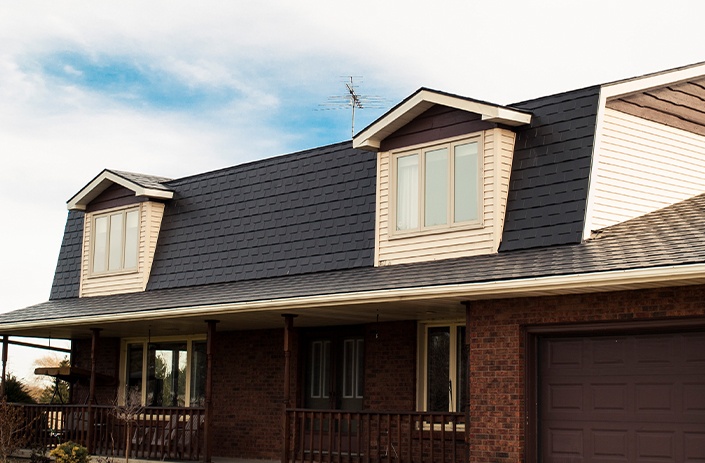
Stage 3 Procurement
![]()
The procurement stage is focused on assembling all of the required supplies and materials to begin work on the job site in earnest. Procurement also includes assembly of the construction crews and outsourcing as needed to sub-contractor teams with local labor crews for needs like plumbing, electrical, sewer, mechanical, et al.
During procurement, the length and complexity of the process often depends on the project type and the site owner. Locally-sourced materials may take less time to order and procure than if materials must be shipped in from out of state. All materials ordered during the procurement stage must be securely stored until they are needed at the construction site.
In many cases, both the pre-construction and procurement stages of the construction process begin while the design team is still finalizing details of the schematic and then re-applying for permits, since this process can take some time depending on how backed up the local planning commission may be.
Stage 4 Construction
![]()
This is the stage of construction that everyone has been waiting for – it is time to kick off the building project in earnest! The project and construction teams meet to revisit the project timeline, establish basic site security, review safety protocols for the construction and labor crews, transport initial materials over to the site and agree on a construction start date.
Then it is time to break ground, do the initial excavation and pour the foundation while readying the site for all required utilities (water, sewer, gas, electricity, plumbing, et al). Daily documentation is essential to ensure the construction timeline is on track and make sure every team member is on the same page. For structural integrity, steps must be completed in order, from laying the foundation to installing utilities lines to framing the walls and roof, adding windows and doors and weather-sealing the structure.
After each phase is completed, it is often necessary to pause construction to have officials come out to the site and do an inspection to ensure compliance with building codes and safety regulations. Construction may continue only after the official has signed off on the work that has been done previously. After the exterior of the building is largely completed, work can begin on the interior. Drywall and flooring installation, painting, installation of appliances and fixtures, insulation, built-in cabinetry and other interior elements are next to be completed.
Stage 5 Commissioning
![]()
The commissioning stage is where the whole project starts to come together. Everything is largely in place and looking as it should, but now it is time to put the structure and components through their paces, testing each appliance, each system, each component in turn to make sure trouble spots are ironed out.
The project team will do the initial testing and trouble-shooting. Once this phase is complete, it is time to train the site staff in how to operate the equipment and maintain the structure.
It is also important to make sure all utilities and components are working as they should before turning them over to the building owner along with the initial warranty, whether express or implied.
Taking time to be thorough during this phase can ensure the final site inspection goes smoothly as well.
